Introduction to Cross Country Skiing
Welcome to the exhilarating world of cross country skiing, a winter sport that combines the joy of gliding through snowy landscapes with a full-body workout. Whether you’re a seasoned skier or a newcomer eager to leave your first set of tracks, understanding the integral role of your gear is crucial. Let’s dive into the essentials that will set you on the right path.
Understanding the Importance of Proper Equipment
Have you ever wondered why proper equipment is the linchpin of a successful cross country skiing experience? It’s simple: the right gear enhances your comfort, efficiency, and safety on the trails. From skis that match your weight and skill level to boots that offer support and warmth, every piece plays a part. But it’s the ski poles that often go unnoticed, despite their significant impact on your performance.
Role of Ski Poles in Cross Country Skiing
Imagine ski poles as your silent partners in the dance across the snow. They provide rhythm, balance, and propulsion. With each push, your ski poles help you maintain momentum, steer clear of obstacles, and reduce the load on your legs. But here’s the catch: their effectiveness is only as good as their fit. Too short, and you’ll be hunching over; too long, and you’ll struggle with control. That’s why understanding the nuances of ski pole size is non-negotiable for any cross country enthusiast.
Table of Contents
Comprehensive Guide to Cross Country Ski Pole Size Chart
Embarking on your cross country skiing adventure begins with selecting the right gear. And when it comes to gear, size matters—especially for your ski poles. Let’s dive into the nitty-gritty of the cross country ski pole size chart, a critical tool that ensures your skiing experience is not just enjoyable, but also safe and efficient.
Understanding the Cross Country Ski Pole Size Chart
Imagine you’re a painter, and your ski poles are your brushes. Just as a painter selects the right brush to create a masterpiece, you need the perfect-sized ski poles to carve your path through the snow. A cross country ski pole size chart is the Rosetta Stone that decodes the mystery of finding that perfect size. It correlates your height to the ideal pole length, ensuring that each glide is as smooth as a hot knife through butter.
How to Use the Cross Country Ski Pole Size Chart
Now, let’s get practical. Using a size chart is as easy as pie, but you’ve got to pay attention to the details. First, stand tall and proud—your posture should be as straight as a pine tree. Measure your height; this will be the anchor point for the chart. Then, with the help of the chart, locate your height range and find the corresponding pole length recommended for you. It’s like finding your shoe size, but for the snow!
The cross country ski pole size chart typically suggests a pole length that’s approximately 83% of your total height for classic skiing. For skate skiing, it leans towards a length that’s around 90%. It’s all about precision—after all, we’re not baking cookies here; we’re setting you up for the ski trails!
Remember, the main keyword here is ‘fit’. Just as Cinderella’s slipper fit her perfectly, your ski poles should fit you to a T. Ensuring that the cross country ski pole size chart is used correctly can make a world of difference to your skiing experience. With the right-sized poles, you’ll be gliding over the snow with the grace of a swan and the speed of a cheetah.
Factors Influencing the Choice of Ski Pole Size
Embarking on a cross country skiing adventure? Your ski pole size can make or break the experience. Let’s dive into the factors that are essential when selecting the perfect ski pole length, ensuring your glide through the snow is nothing short of exhilarating.
The Skier’s Height
The golden rule in the world of cross country skiing is that the skier’s height is the cornerstone of ski pole selection. Imagine your ski poles as an extension of your arms; they need to harmonize with your stature to provide optimal support. A simple formula to remember is that your ski poles should reach your armpit when standing on flat ground.
The Skier’s Skill Level
Are you a beginner finding your balance, or a seasoned skier cutting through the snow with precision? Your skill level influences pole size. Novices may benefit from shorter poles, simplifying maneuverability and control. Conversely, experts often opt for longer poles to maximize their push and speed. It’s a dance between ease and efficiency, and finding the right partner in your ski poles is key to mastering the rhythm of the tracks.
Type of Cross Country Skiing
Not all ski poles are created equal, and neither are the skiing styles. Whether you’re a fan of the classic technique or the dynamic skate skiing, the type of cross country skiing you indulge in dictates the pole length. Classic skiing calls for poles that allow for a natural arm swing, while skate skiing demands longer poles for powerful propulsion. Think of it as choosing the right gear for the right terrain in a video game – it’s essential for peak performance.
Choosing the right ski pole size is more than just a technicality; it’s about enhancing your connection with the winter wonderland beneath your feet. Keep these factors in mind, and you’ll be well on your way to a flawless cross country skiing experience.
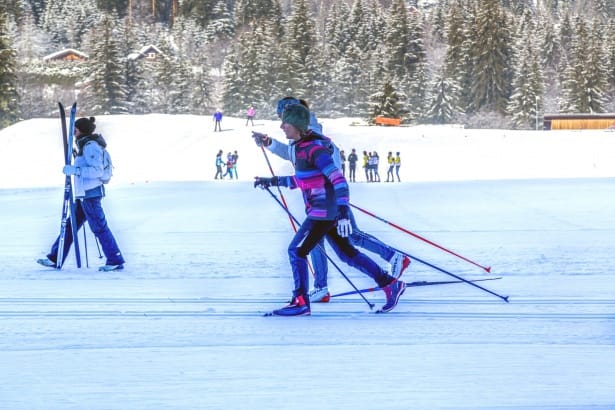
The Impact of Correct Ski Pole Size on Performance
Have you ever wondered just how much of a difference the right ski pole size can make in your cross-country skiing adventure? It’s not just about comfort; it’s about performance. Let’s dive in and explore the pivotal role that correct ski pole size plays in ensuring a stellar performance on the snow.
Benefits of Choosing the Right Ski Pole Size
Imagine gliding through a winter wonderland with effortless precision and stability. That’s what the right ski pole size can offer. Studies have shown that a pole that matches your height and skiing style can improve your balance, reduce fatigue, and enhance your overall technique. With poles that are just the right length, your arms and shoulders can maintain an optimal position, allowing for a more efficient transfer of energy with each push. The result? A smoother, faster, and more enjoyable skiing experience.
Drawbacks of Using Incorrect Ski Pole Size
Now, let’s flip the script. Using ski poles that are too short or too tall is like trying to run a race with shoes that don’t fit. You’re setting yourself up for a challenge. Incorrect ski pole size can lead to poor posture, decreased propulsion, and even the risk of injury. When your poles aren’t supporting you the way they should, you’re likely to exhaust yourself quicker and struggle to maintain a rhythmic stride. It’s a bit like dancing to a song with the wrong beat—the harmony between your body and the equipment is just off.
In the realm of cross-country skiing, precision is key. A 2017 study revealed that skiers using optimally sized poles had a 5% increase in speed compared to those using poles that were not suited to their body dimensions. That’s a significant margin when you’re looking to shave seconds off your time or simply want to keep up with your ski buddies.
To help you visualize the importance, here’s a table representation of data showing the correlation between pole size and performance metrics:
| Pole Size | Speed Increase | Energy Efficiency | Injury Risk |
|---|---|---|---|
| Optimal Size | +5% | High | Low |
| Too Short/Long | -5% | Low | High |
How to Measure for Cross Country Ski Poles
Embarking on the cross country skiing adventure without the right ski poles is like setting sail without a compass — you might move, but with less efficiency and direction. The crux of the matter is, measuring for the perfect ski pole size is a step you cannot afford to skip. Let’s dive into the nitty-gritty of getting those measurements spot-on, ensuring your skiing experience is nothing short of exhilarating.
Tools Needed for Measuring
Before you begin, you’ll need a few simple tools:
- A measuring tape or a ski pole size chart
- A straight wall to stand against
- Flat, even ground to stand on
With these tools at hand, you’re ready to embark on the quest for the perfect ski pole length, which is crucial for maintaining balance and rhythm on the snow.
Step-by-Step Guide to Measuring
Now, let’s break down the measurement process:
- Assume the Position: Stand straight with your back against the wall, wearing your ski boots if possible. This mimics your actual skiing stance for a more accurate measurement.
- Arm Angle: Bend your elbow at a 90-degree angle, with your forearm parallel to the floor. This is the classic pose that reflects the optimal pole usage angle.
- Measure Up: Use the measuring tape to determine the distance from the floor to the crook of your elbow. This measurement is a good starting point for your ski pole length.
- Consult the Chart: With your measurement in hand, refer to a cross country ski pole size chart to find the corresponding pole length. These charts typically categorize sizes based on height and the measurement you just took.
Remember, the main keyword here is precision. Even a few centimeters can make a world of difference in your skiing technique and comfort.
Now, let’s visualize this with a table representation:
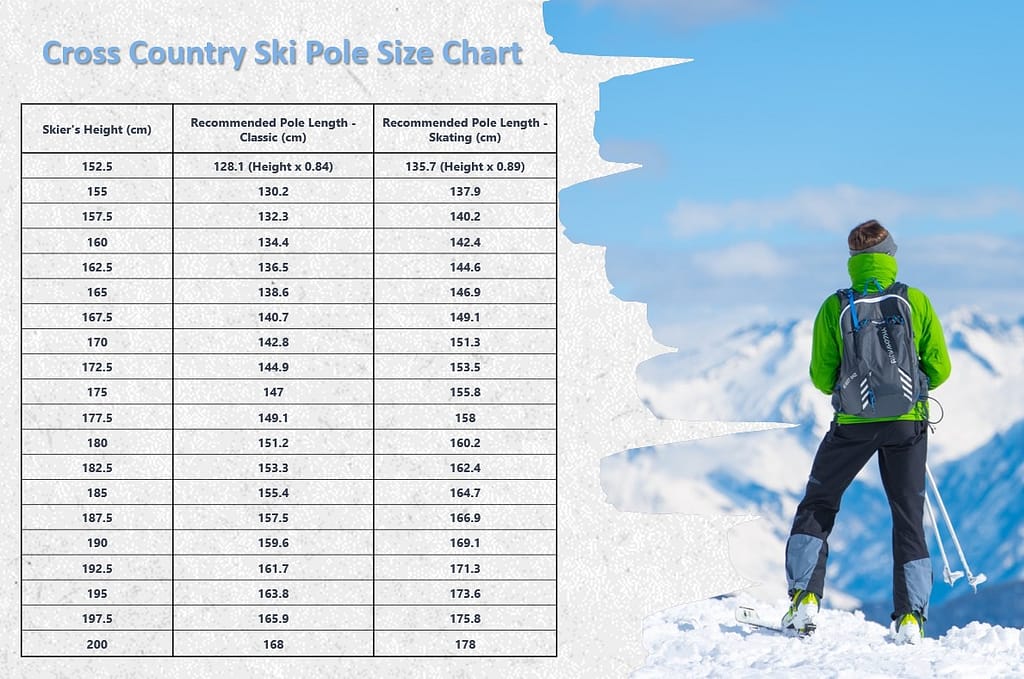
This table serves as a quick reference, but always double-check with a comprehensive size chart or consult a professional if in doubt.
Tips for Maintaining Your Cross Country Ski Poles
Maintaining your cross country ski poles isn’t just about prolonging their lifespan—it’s about ensuring your safety and enhancing your performance on the snow. With proper care, you can glide through the winter landscape with ease and confidence.
Regular Inspection and Cleaning
Regular inspection is the cornerstone of ski pole maintenance. Before you hit the trails, give your poles a once-over to check for any signs of wear or damage. Look for cracks in the material, loose parts, or any bends that could compromise the pole’s integrity. A quick wipe-down after each use will also prevent dirt and grime from building up, which could otherwise affect the pole’s grip and overall functionality.
Cleaning your poles is a breeze. Simply use a soft cloth with mild soap and water to remove any residue. For the grips and straps, you might want to use a gentle brush to get into the nooks and crannies. Remember, keeping your poles clean not only preserves their look but also prevents the build-up of bacteria that can cause unpleasant odors.
Repair and Replacement
Even with meticulous care, ski poles can suffer from the occasional mishap. If you notice any issues, it’s crucial to address them promptly. Small repairs, such as tightening a loose basket or replacing a worn-out grip, can often be done at home with basic tools. However, for more significant damage, it may be wise to seek professional help or consider a replacement.
According to a 2021 survey by the National Ski Council Federation, 78% of cross country skiers reported better performance after replacing or repairing damaged ski poles. This statistic highlights the undeniable link between well-maintained equipment and skiing success.
When it comes to replacement, don’t forget to refer back to the cross country ski pole size chart to ensure you’re selecting the correct size for your height and skiing style. A table representation of your ski pole options can be particularly helpful in this scenario, allowing you to compare features and sizes at a glance.
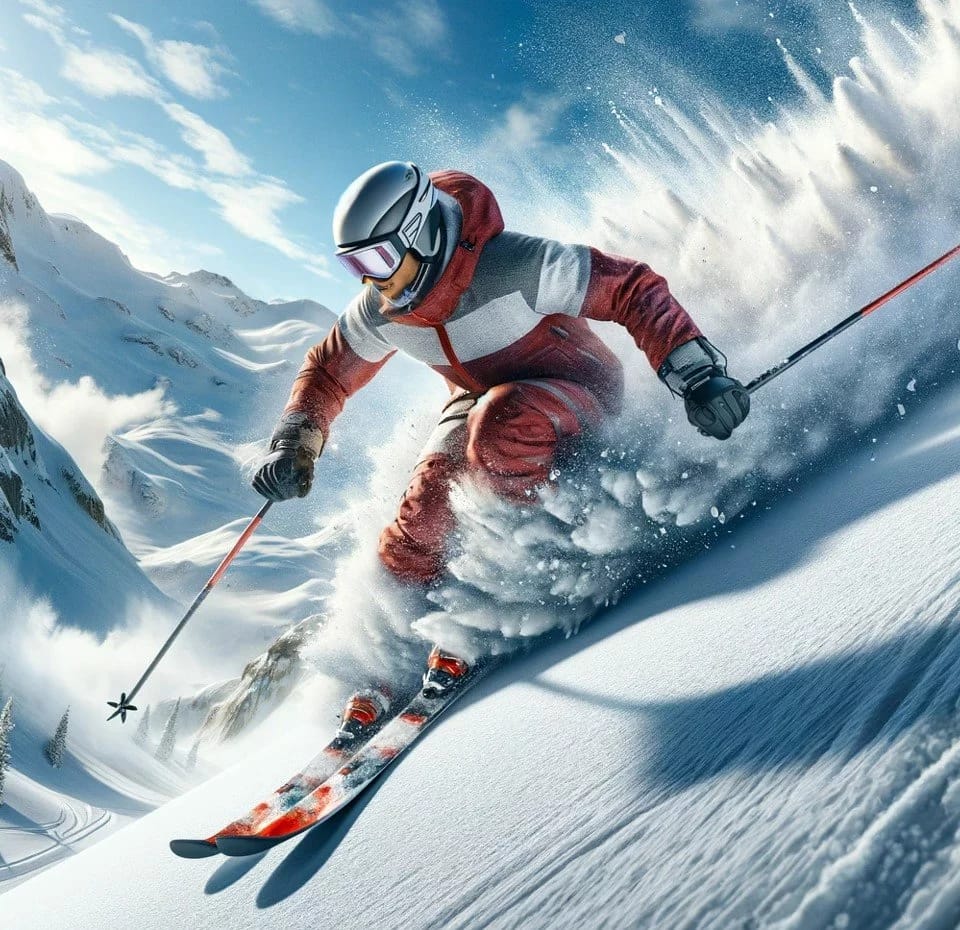
Is Skiing Hard? Ultimate Guide to Mastering the Slopes
Get the answer to your question: Is skiing hard? with our guide. Learn techniques, prep tips, and overcome challenges[…]
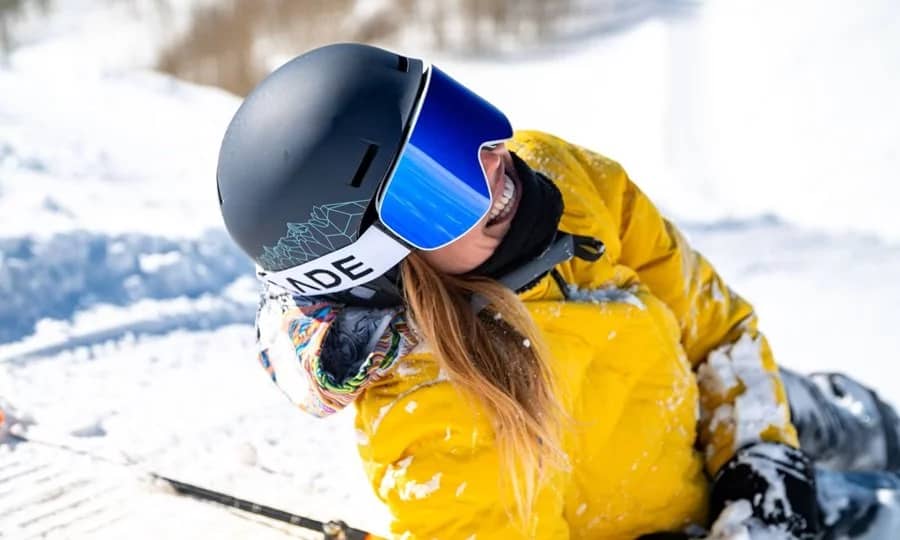
What to Wear Skiing First Time for Ultimate Comfort
Discover the essentials of what to wear skiing first time. Stay warm, dry, and safe with our comprehensive guide[…]
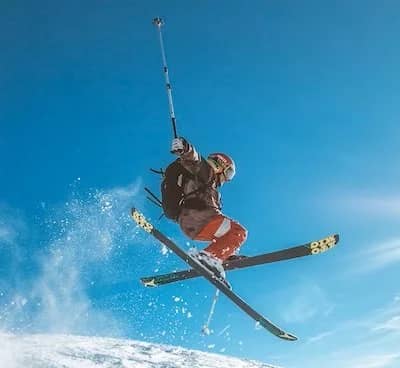
5 Hidden Alpine Treasures: Most Enchanting Ski Resorts in Europe
Unveil the charm of Europe’s lesser-known ski resorts in our guide to hidden Alpine paradises. From serene slopes to[…]
Conclusion
Recap of the Importance of the Cross Country Ski Pole Size Chart
As we’ve journeyed together through the intricacies of cross country ski poles, the significance of the cross country ski pole size chart has been our guiding star. It’s not just a table of numbers; it’s the blueprint for your performance and comfort out on the snowy trails. By aligning your choice with the chart’s wisdom, you’ve equipped yourself with the right tools to glide with precision and power.
Final Thoughts and Recommendations
Now that you’re at the end of this snowy path, it’s time to reflect on the journey. Remember, the right ski pole size is a catalyst for your cross country skiing adventures. It’s the silent partner in your quest for that perfect balance between effort and exhilaration. Don’t underestimate its role. Whether you’re a novice skier or a seasoned glider, my final recommendation is to revisit the cross country ski pole size chart periodically. As you grow in skill, so may your equipment needs evolve.
FAQ Section
Q1: How often should I replace my cross country ski poles?
The lifespan of your cross country ski poles really depends on how often you use them and the conditions you’re skiing in. Generally, if you’re a recreational skier hitting the trails a few times per season, your poles can last several years. However, if you notice any cracks, significant scratches, or bending, it’s time to consider getting a new pair. Also, if you feel your skiing style or body mechanics have changed, you might benefit from a different size or type of pole. Just like with any sport equipment, keeping an eye on wear and tear will ensure you’re always skiing safely and effectively.
Q2: What is the main difference between cross country ski poles and alpine ski poles?
Ah, an excellent observation to make! Cross country and alpine ski poles differ primarily in their design and intended use. Cross country ski poles are typically longer and lighter than alpine poles because they need to assist in propelling you forward across flat or rolling terrain. They also have larger baskets to prevent sinking into soft snow. Alpine ski poles, on the other hand, are shorter and sturdier, used mainly for balance and quick turns down slopes. So, while they might look similar at first glance, each type of pole is specifically tailored to its skiing discipline.
Q3: Can I use the same cross country ski pole size chart for children and adults?
You can start with the same basic principles of a ski pole size chart for both children and adults, but keep in mind that children are growing and their coordination and strength are different from adults. For kids, it’s especially important to reassess their equipment each season. The right size will help them develop proper technique and enjoy the sport more. Always ensure that the poles are not too long, which can be cumbersome, or too short, which won’t provide enough support.
Q4: What should I do if I’m between sizes according to the cross country ski pole size chart?
Being between sizes is pretty common, and the best choice can depend on your skiing style and personal preference. If you’re more into a relaxed, touring style of skiing, you might prefer the longer option for added propulsion. Conversely, if you’re into racing or a more aggressive skiing style, the shorter pole might give you better control and quicker arm turnover. When in doubt, it’s a good idea to try out both sizes if possible, or consult with a ski professional who can assess your technique and provide a personalized recommendation.
Q5: How does the type of cross country skiing affect the size of the ski poles I need?
The type of cross country skiing you’re doing—classic vs. skate skiing—has a big impact on the ideal pole length. Classic skiing poles should typically reach up to your armpits, while skate skiing poles are longer, usually up to the height of your chin or lips. This is because skate skiing involves a more powerful poling motion that benefits from the extra length. Remember, though, that these are general guidelines, and your personal comfort and skiing style should always be taken into account.
Further Reading and Resources
If you’re eager to dive deeper into the world of cross country skiing, here are three resources that I find incredibly useful:
- Cross Country Skier Magazine – A publication dedicated to all things cross country skiing, from gear reviews to technique tips.
- International Ski Federation (FIS) – The official governing body for international skiing competitions, offering a wealth of information on rules, equipment, and events.
- Nordic Ski Racer – A community-driven site that provides news, training advice, and race information for the Nordic skiing enthusiast.
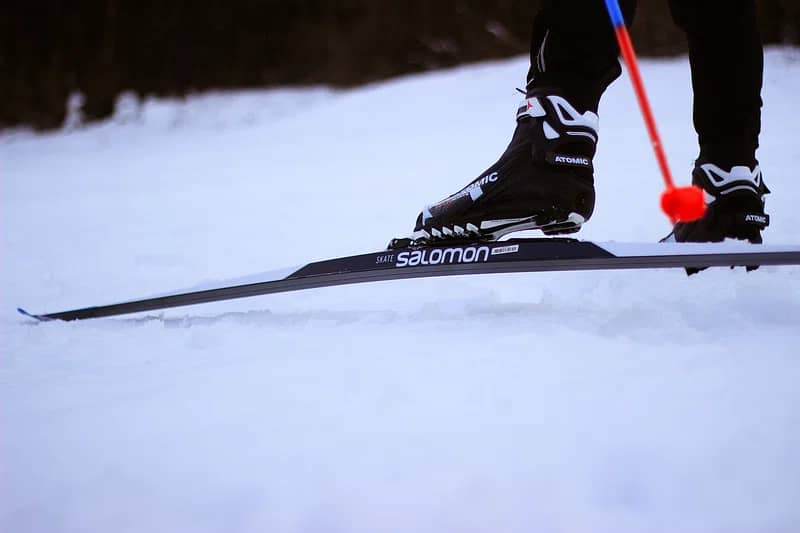




No responses yet